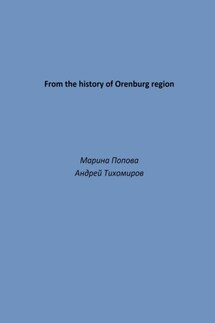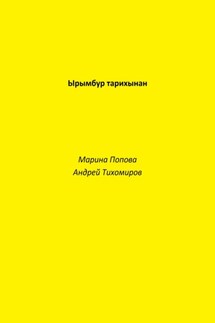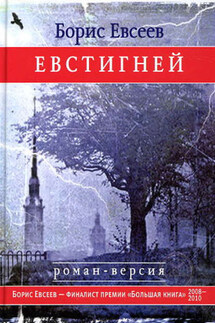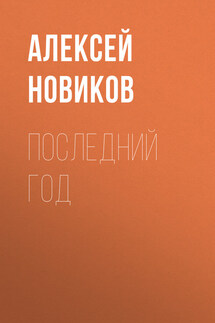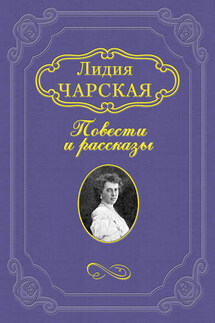The country of the cities of the Southern Urals
For a very long time, such a linguistic community of ancient people has been formed on the territory of the Southern Urals, as they later became known as the Indo-Europeans. This is about the 8th-5th millennium BC, in the 4th-3rd millennium BC this community began to disintegrate, later they were divided into the Eastern language group (Iranians, Armenians, Tajiks, Indians, etc.), Western European (Greeks, Germans, Romance peoples, etc.), Slavs (Russians, Bulgarians, Poles, etc.), Balts (Prussians, Lithuanians, Latvians, etc.). For many millennia, peoples disappeared, appeared, and assimilated with other ethnic groups, in particular, with the Finns and Turks.
Traces of the former community are visible everywhere. For example, in the Slavic and Iranian languages there are many common words and concepts – god, hero, wealth, hut, boyar, lord, axe, dog, etc. They all came to us from the ancient Indo-Europeans. This commonality is also visible in applied art. In embroidery patterns, in decorations on clay vessels, a combination of diamonds and dots was used everywhere. In the areas of settlement of Indo-Europeans, the domestic cult of moose and deer has been preserved for centuries, although these animals are not found in Iran, India and Greece. The same applies to some national holidays – for example, to bear holidays, held by many peoples during the spring days of the bear's awakening from hibernation. All these are traces of the northern ancestral homeland of the Indo-Europeans, in the area of the modern Arctic Ocean, whose climate was warmer thousands of years ago.
These peoples have a lot in common in religious cults. Thus, the Slavic pagan god Perun the thunderer is akin to the Latvian-Lithuanian Perkunis, the Indian Parjanya, the Celtic Perkunia. And he himself is very reminiscent of the main Greek god Zeus. The Slavic pagan goddess Lada, the patroness of marriage and family, is comparable to the Greek goddess Lata.
The concept of "civilization" has many meanings, but the main thing is the emergence of something new and progressive that helps to move development forward.
And now the traces of the most ancient civilization are gradually being found by scientists within the greater Urals. The most ancient idol known today is the "Shigir idol". The museum exhibit "The Great Shigir Idol" is considered to be the oldest wooden sculpture on the planet, which, according to scientists, is 10,000 years old. The value of the Shigir idol in monetary terms is not even imaginable. There is no doubt that today it is the most significant relic not only in the Sverdlovsk region and Russia, but also on the whole planet.
The megaliths of Vera Island are a complex of archaeological monuments (megaliths – chamber tombs, dolmens and menhirs) on the island of Lake Turgoyak (near Miass) in the Chelyabinsk region. The oldest megaliths on Earth were presumably built about 6 thousand years ago, in the IV thousand BC, that is, before the famous Stonehenge in England (5 thousand years ago, III thousand BC).
The country of cities is the oldest settlements, prototypes of cities that have been found by archaeologists in the Southern Urals: in Bashkortostan, Orenburg and Chelyabinsk regions of the Russian Federation, as well as on the territory of northern Kazakhstan. The cities are located on an area with a diameter of 350 km.
All found cities are united by a similar type of structure, organization of urban infrastructure, building materials, time of existence, as well as the same topographic logic. The settlements are clearly visible in aerial photographs. And it is these pictures that make a great impression. After 4,000 years, the skeletons of cities stand out clearly against the background of the natural landscape, plowed fields. The mastery of the ancient engineers who designed and created such city systems is coming to an awareness. The cities themselves were very livable. First, they provided protection from external enemies. Secondly, in the cities, rooms were made for the life and work of various artisans (saddlers, potters, metallurgists, blacksmiths, etc.). Inside each of the cities there is a storm sewer that takes water outside the city. Burial grounds were organized near the cities, animal pens were built. Uniqueness: the age of the monuments, the youngest of them is 3,700 years old, which is comparable to the ancient Egyptian pyramids; the type of settlement is a city.
Basically, other traces of human activity are found, mounds, burials; cities did not arise spontaneously, having evolved from villages, but were built immediately as cities; other ancient settlements (and not only ancient ones) with a similar urban structure and architecture have not yet been discovered on the planet; also: unlike other cultural strata of the steppes of Eurasia; the most ancient from the found chariots (dated 2026 BC); products of metallurgy developed for that time; sufficiently advanced ancient hydraulic structures (dam, dam, drainage channels (Sintashta); ancient storm sewer (Arkaim).
